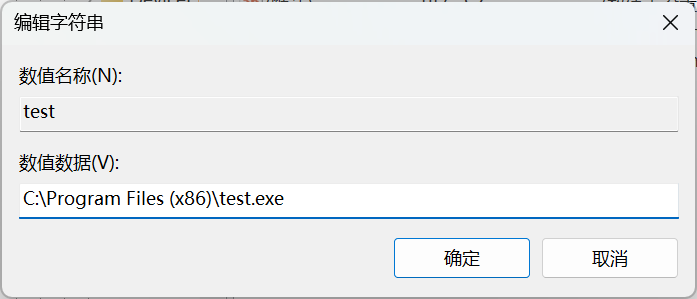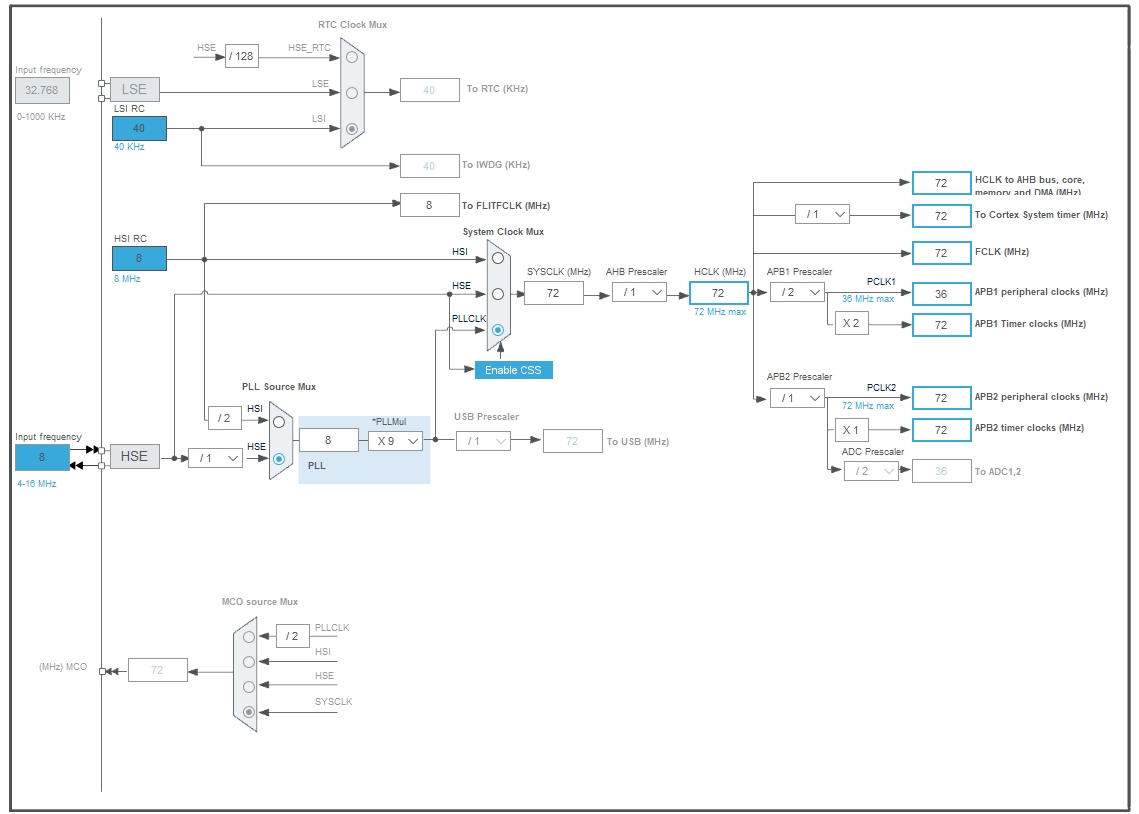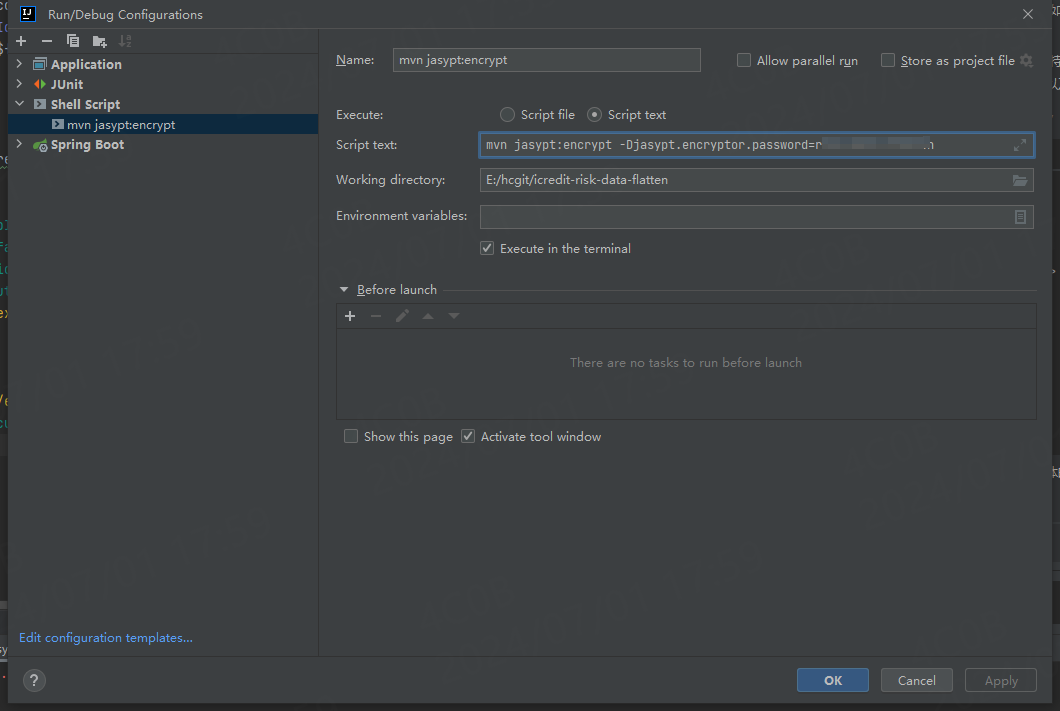ENGL642 Research Skills Assignment Question
Semester Two 2023-2024
There is one assessed assignment for the module ENGL642 Research Skills. The assignment requires you to produce a research proposal (see section ‘the research proposal’ on page 3- 8 for the different sections required in the proposal) in TESOL & Applied Linguistics by using one or more research methods discussed in the module ENGL642 Research Skills. This assignment requires you to plan a research project and justify your choice of the research focus, the research questions, and the methods necessary to collect the data in order to address your research aims. Do not carry out the research for this assignment. This implies that you must not collect and analyse real data in the proposal or draw any conclusions from your research project.
You should write between 3,600 and 4,400 words. State the number of words on the coversheet (on Canvas – week 10), excluding words in the list of references or words in tables, examples, images or appendices. Please number tables, examples, images and appendices consecutively in the proposal and add a short caption (no more than six words) that briefly summarises what the table/example/image is about. Insert page numbers at the bottom of each page of the proposal and include a reference list in the standard format (APA) at the end. It is expected that you will be able to decide the number of references that are needed to provide a solid theoretical/analytical framework to your proposal; however,a minimum of ten references is expected. Ensure that you include suggested readings provided in this module or any other module of the MA programme within your list of references.
Your proposal needs to be submitted electronically via Canvas using the link provided. The deadline for the assignment is 29 April 2024, 2 pm. Please note that you are not allowed to use Generative Artificial Intelligence (GAI) software. The use of GAI will be considered academic malpractice and will be reported to the Academic Integrity team for further investigation. Do not duplicate material you have used in assessed work in any other module and ensure you properly reference all sources you used. If you are not sure how to refer to sources, please contact your academic advisor well in advance of the assignment submission.
Please note that in the selection of references, more credit will be given for primary references (information taken directly from the author of the source you read) to the literature in more authoritative and well-established sources, such as the following journals:
English Language Teaching Journal
Annual Review of Applied Linguistics
Applied Linguistics
International Journal of Applied Linguistics
Language Teaching
TESOL Quarterly
Journal of English for Academic Purposes
English for Specific Purposes
Studies in Second Language Acquisition
Journal of Pragmatics
Language Learning
Modern Language Journal
Foreign Language Annals
European Journal of Applied Linguistics
System
Language Learning and Technology
Computer assisted language learning
ReCALL
any other journal recommended by your course tutors
or journals of similar standing
and books by established publishers such as Oxford University Press, Cambridge University Press, Longmans, Routledge, Palgrave Macmillan, Bloomsbury, Multilingual Matters, or similar.
If you use secondary sources (information taken from an author of a source who quotes another source that you have not read) include full details so that it is clear which author you actually read. Do not claim to have read the source if you have only access to the secondary source as you may inadvertently misquote/misrepresent what was mentioned in the primary source and this can affect your final mark. Please also note that less credit will be given for many references to different authors from one secondary source, or references to obscure and/or poor-quality journals.
If you are looking for references, it is strongly recommended to do so via theLibrary search engine. It is strongly advised not to use Google (or similar search engines) for such a type of search. Please also make use of the readings that you have been recommended throughout the programme. For this assignment, you need to include at least four references (not necessarily readings recommended during this module) that you have been recommended by your course tutors during the MA programme (in class, on Canvas, during tutorials … ). Please check how to refer to them in your reference list in §7 (structure of the proposal).
Please also adhere to the research proposal structure that is presented in the following pages and ensure that you work on all required sections. Please note that if you do not address all that is required, your mark can be affected.
THE STRUCTURE OF THE RESEARCH PROPOSAL
The research proposal should include the following sections:
A title
Give your research proposal a title (no more than 20 words) that states what the project is about, using keywords that are related to your research questions/data collection methods, if possible.
1. Introduction (500-600 words)
In this section
• Introduce in general/non-technical terms your research focus with some background information.
• Set out the reasons/justification for your research – why did you select this focus? What is your personal motivation, as a learner or teacher (or both) to conduct the research? Why do you find it worth investigating further? Is there anything that was covered during the modules that triggered the interest in this research focus?
Please remember that if you refer to other people, you should refer to them in general terms and without using their real names (e.g. ‘my lecturer’ or ‘one of my lecturers’ instead of ‘Dr Magliacane’)
• Provide abrief overview of what you intend to do – what are your aims?
• Provide a justification for your study - what is new in your proposal? Considering what you have read so far, how does your proposal contribute to existing research?
• Clearly state your research questions at the end of section and number them.
• Indicate how you structured the proposal.
2. Literature review (1000 -1200 words)
In this section you need to discuss and critically analyse existing literature (theories and previous studies) relevant to your research questions and how your own project will build on this existing body of work.
More specifically, in this section you are expected to include:
• Current issues - a general overview of the relevant field from which your research questions stem
• Theoretical perspectives or debates
- What do we know/not know about this specific topic? (research gap/novelty of the research).
- How is previous literature related to your study? (relevance of previous literature for your proposal)
• Contribution
- How does your study contribute to what we know about the research focus? (position yourself)
- What do you expect to find? (hypotheses).
3. Data and methods (1200-1700 words)
In this section you need to discuss the data and the methods you will use to answer your research questions (ensure that it is clear from the discussion what research question the instrument will allow you to address and how).
More specifically, in this section you are expected to discuss:
1. The data
- What data will you use to answer each research question?
- Will your project involve human participants, or will it be text-based research?
- If you plan to work with human subjects, can you provide a profile of your prospective participants? Where are they located? How will you recruit them? Please also mention how you plantoreach potential participants and what you will practically do in order to advertise your study after receiving ethical approval.
- If text -based, can you provide details on the data you are planning to use?
- How much data will you collect (sample size)? What criteria will you use to select/identify your participants/data?
- How are you planning to collect the data? What practical issues can arise during data collection? How are you planning to address such issues (mitigating risks)?
Please see the document “Thinking about data” (on Canvas – week 10), which provides some tips and suggestions for things to consider regarding data collection.
2. The methods
- What research methods (questionnaires, interviews, experiments, observations, existing corpora, textbook evaluation & analysis...) are you planning to use?
- Why did you choose these methods?
- If you are planning to use several methods, why did you decide to use more than one method? How do the different methods complement one another?
After identifying the method, please provide a draft of the instrument (see overleaf) you are planning to use and discuss a few items within this proposal. Although a final and refined version of your research tool is not expected at this stage, please discuss your initial idea. The Table below can provide you with some directions about what is expected to be discussed in this section. The discussion does not have to be limited to the points mentioned in the Table and can be expanded, if needed, depending on your research focus (foci) and instrument(s). Please provide examples of the parts of your instrument(s) you are discussing within the text and put the full draft of your instrument(s) in the appendices.
|
If you plan to use … |
Possible foci of the discussion |
|
Questionnaires |
Is it an existing questionnaire? When was it used? Are you using it as it is or are you adapting it? Why? Please remember to provide the reference if you are using an existing questionnaire, even if you are adapting/changing it. Are you creating your own questionnaire? What are your questions? Why did you include these questions? Are they theoretically driven? If applicable, have these questions been refined? Can you mention something about the process? How are you going to administer the questionnaire? Why? |
|
Interviews |
What type of interview are you going to use? Why? Do you have some questions that you plan to ask your participants? Why? If applicable, have these questions been refined? Can you mention something about the process? Where are you planning to conduct the interview? Why? Are these interviews going to be video or audio recorded? What recording device will you use and why? Are there any practical issues you need to be aware of when using this instrument? |
|
Experiments in the UK |
What are you planning to assess with this experiment? What are your variables?Are you planning to control other variables? Why? What is your planned treatment/intervention? How did you design it? Is this treatment/intervention the same as or similar to another study? Please provide references. How is the intervention/treatment going to be administered? How will you measure the effect of your intervention/treatment? Will you use a pre-test post-test design? If yes, will you employ the same tests as another study? If yes, please provide references. If possible, please write examples of a few items. What is your planned sample? How are you planning to reach these participants?
Please remember that you only have 3 months for your dissertation so you need to consider carefully methods that may imply the investigation of long-term effects. |
|
Observations |
What are you planning to observe? How are you planning to observe it? Would this observation require a physical room or permission from |



















